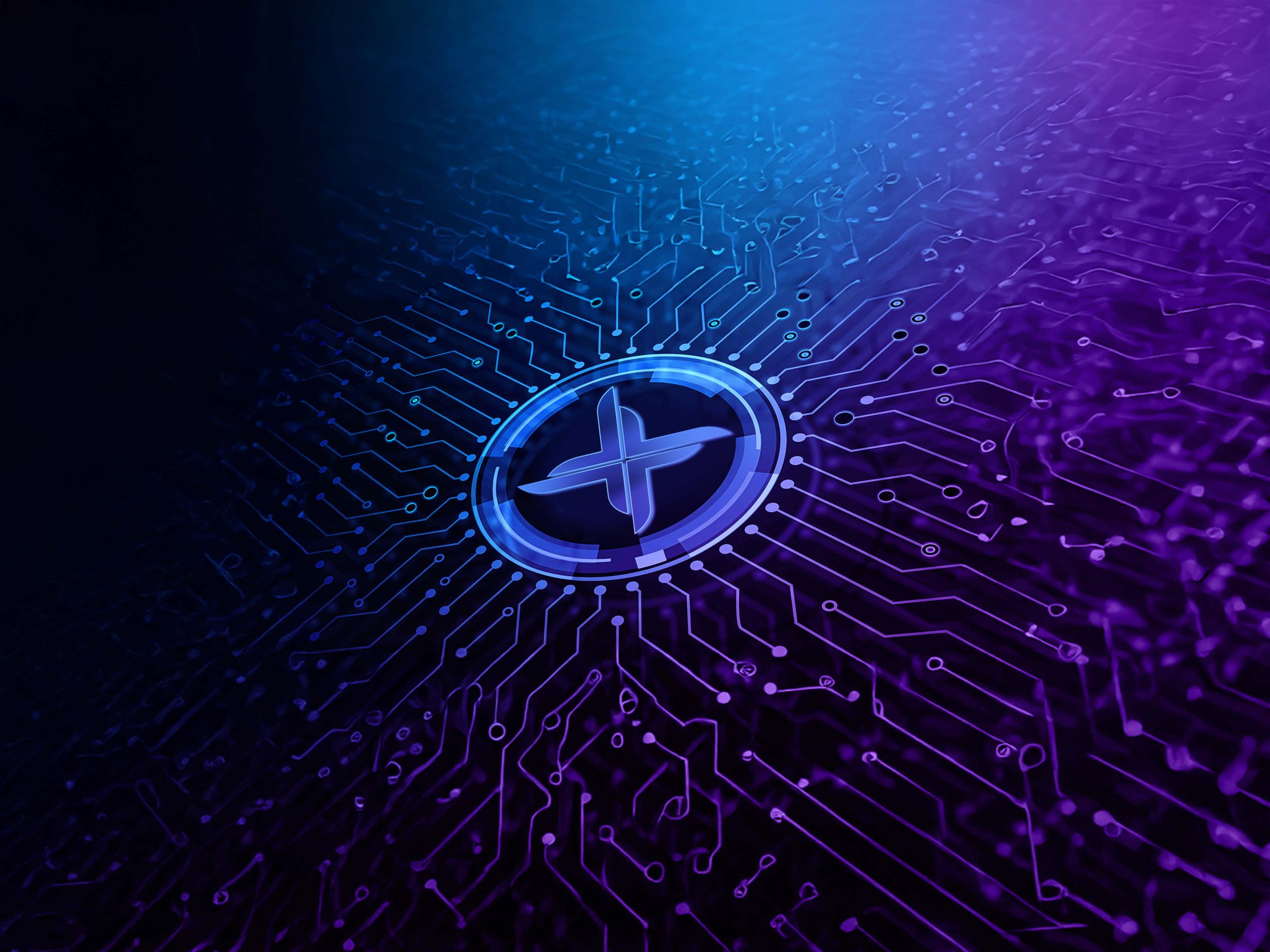As we move into 2025, the cybersecurity landscape continues to evolve, presenting new challenges and threats to enterprise solutions. Organizations must adopt robust security measures to protect sensitive data and maintain operational integrity. This blog outlines essential tips for securing enterprise solutions, focusing on best practices that can help mitigate risks and enhance overall security posture.
1. Adopt a Zero Trust Architecture
Zero Trust Architecture (ZTA) is a security model that operates on the principle of “never trust, always verify.” In this approach, every user, device, and application attempting to access network resources is continuously authenticated and authorized, regardless of their location. This method significantly reduces the attack surface and minimizes lateral movement within systems.
Key Components:
Identity Verification: Implement multi-factor authentication (MFA) to ensure that users are who they claim to be.
Least Privilege Access: Limit user access rights to only what is necessary for their roles, reducing the potential impact of a breach.
Network Segmentation: Divide the network into smaller segments to contain potential threats and limit access to sensitive data.
By adopting a Zero Trust Architecture, organizations can enhance their security framework and better protect against cyber threats.
2. Strengthen Cloud Security Practices
With many enterprises migrating to cloud environments, ensuring robust cloud security is paramount. Organizations must implement best practices to safeguard their cloud infrastructure from potential vulnerabilities.
Best Practices Include:
Secure Configurations: Regularly audit cloud configurations to identify and rectify misconfigurations that could lead to breaches.
Data Encryption: Encrypt sensitive data both in transit and at rest to protect it from unauthorized access.
Identity and Access Management (IAM): Implement IAM controls to manage user permissions effectively and monitor access patterns.
By prioritizing cloud security practices, businesses can protect their data integrity and maintain compliance with industry regulations.
3. Implement Comprehensive Incident Response Plans
A well-defined incident response plan is essential for minimizing damage during a cybersecurity incident. Organizations should develop comprehensive strategies that outline clear procedures for identifying, responding to, and recovering from cyber incidents.
Key Elements of an Incident Response Plan:
Preparation: Establish systems and procedures for incident detection and response.
Containment Strategies: Create containment protocols to isolate affected systems quickly.
Continuous Assessment: Regularly review and update the incident response plan based on evolving threats and lessons learned from previous incidents.
By having a robust incident response plan in place, organizations can respond more effectively to cyber threats and reduce recovery time.
4. Enhance Endpoint Security Measures
Endpoints are often the first line of defense against cyberattacks. Therefore, implementing strong endpoint security measures is crucial for protecting enterprise solutions.
Recommended Practices:
Endpoint Detection and Response (EDR): Deploy EDR solutions that provide real-time monitoring and analytics for suspicious activities on endpoints.
Automated Patch Management: Regularly update software and systems automatically to mitigate vulnerabilities before they can be exploited.
Device Management Policies: Establish strict policies regarding the use of personal devices (BYOD) within the organization, ensuring they meet security standards before accessing corporate networks.
By enhancing endpoint security measures, organizations can significantly reduce their risk exposure.
5. Foster a Culture of Security Awareness
Employee awareness plays a critical role in maintaining cybersecurity hygiene within an organization. Establishing a culture of security awareness can empower employees to recognize potential threats and respond appropriately.
Strategies for Building Awareness:
Regular Training Programs: Conduct ongoing training sessions that cover the latest cybersecurity threats, phishing simulations, and best practices.
Incident Reporting Mechanisms: Encourage employees to report suspicious activities or potential breaches without fear of reprimand.
Security Awareness Campaigns: Utilize newsletters, posters, or digital signage to keep cybersecurity top-of-mind for all staff members.
By fostering a culture of security awareness, organizations can create a proactive workforce that contributes to overall cybersecurity efforts.
Conclusion
As we navigate the complexities of cybersecurity in 2025, adopting best practices for secure enterprise solutions is essential for safeguarding sensitive information and maintaining operational resilience. By implementing a Zero Trust Architecture, strengthening cloud security practices, developing comprehensive incident response plans, enhancing endpoint security measures, and fostering a culture of security awareness, organizations can significantly improve their defenses against cyber threats.
Staying informed about evolving cybersecurity trends and continuously adapting strategies will enable enterprises to protect their assets effectively while navigating an increasingly digital landscape. Embracing these tips will not only enhance security but also build trust with clients and stakeholders in an ever-evolving threat environment.

